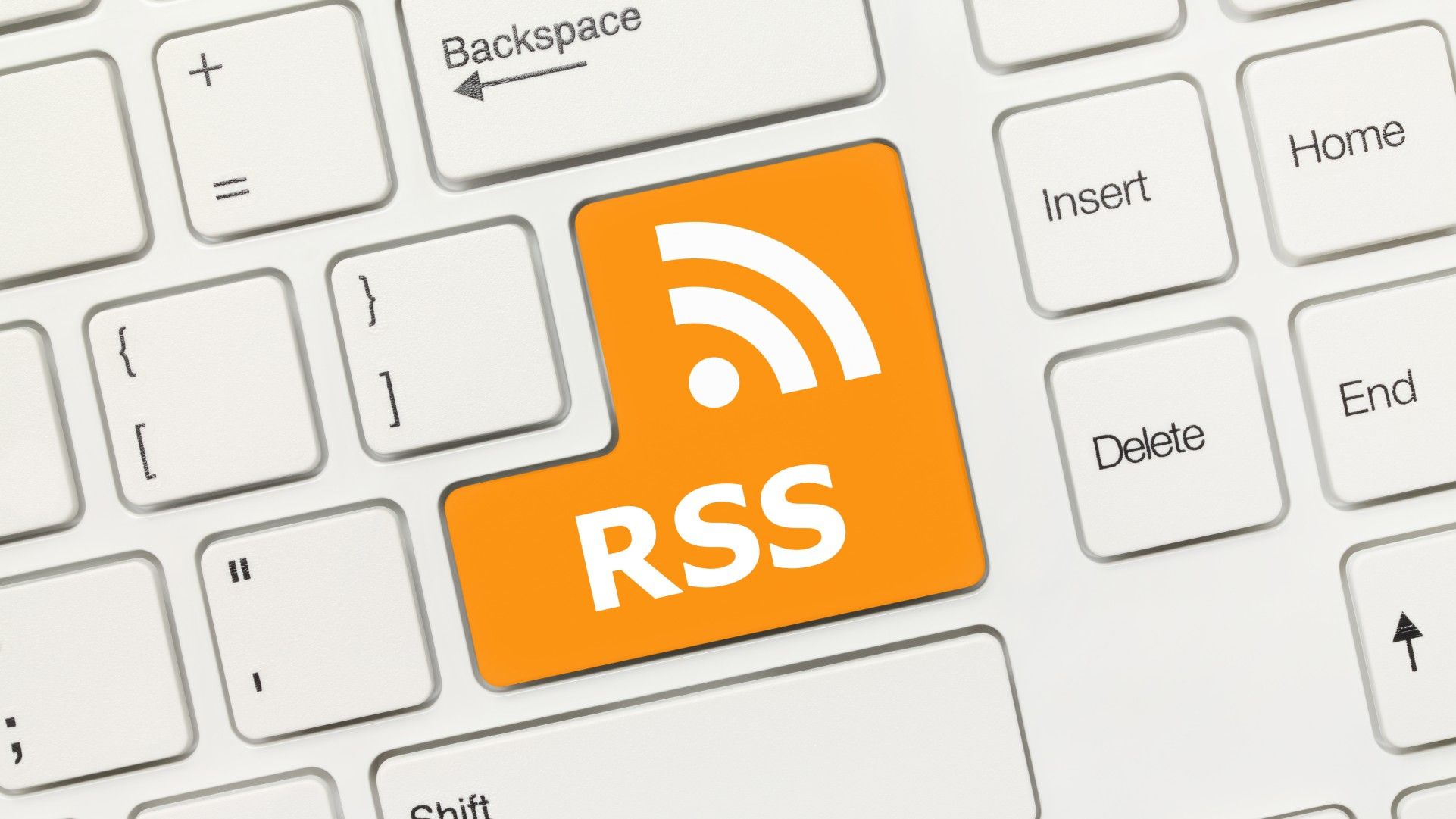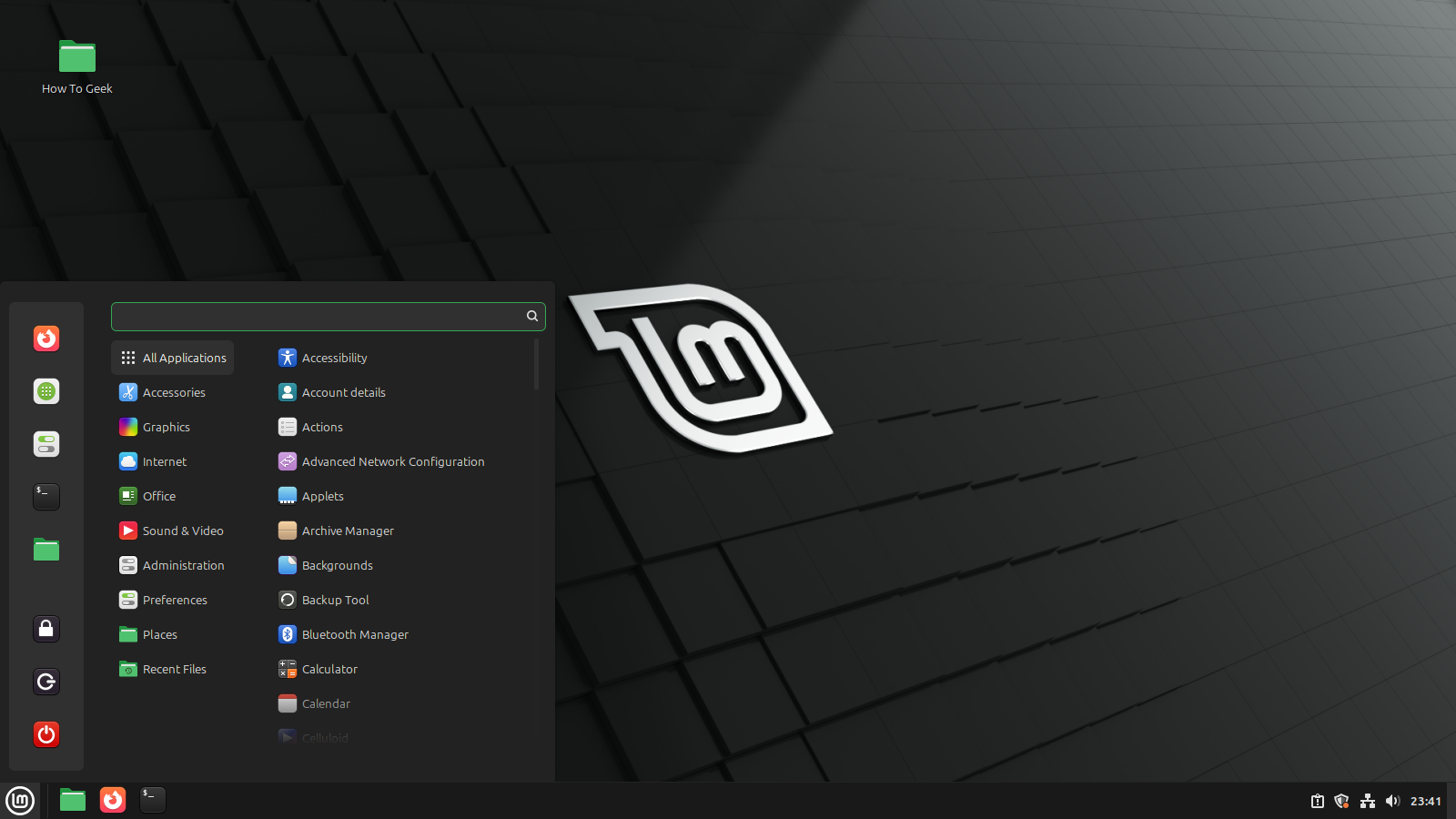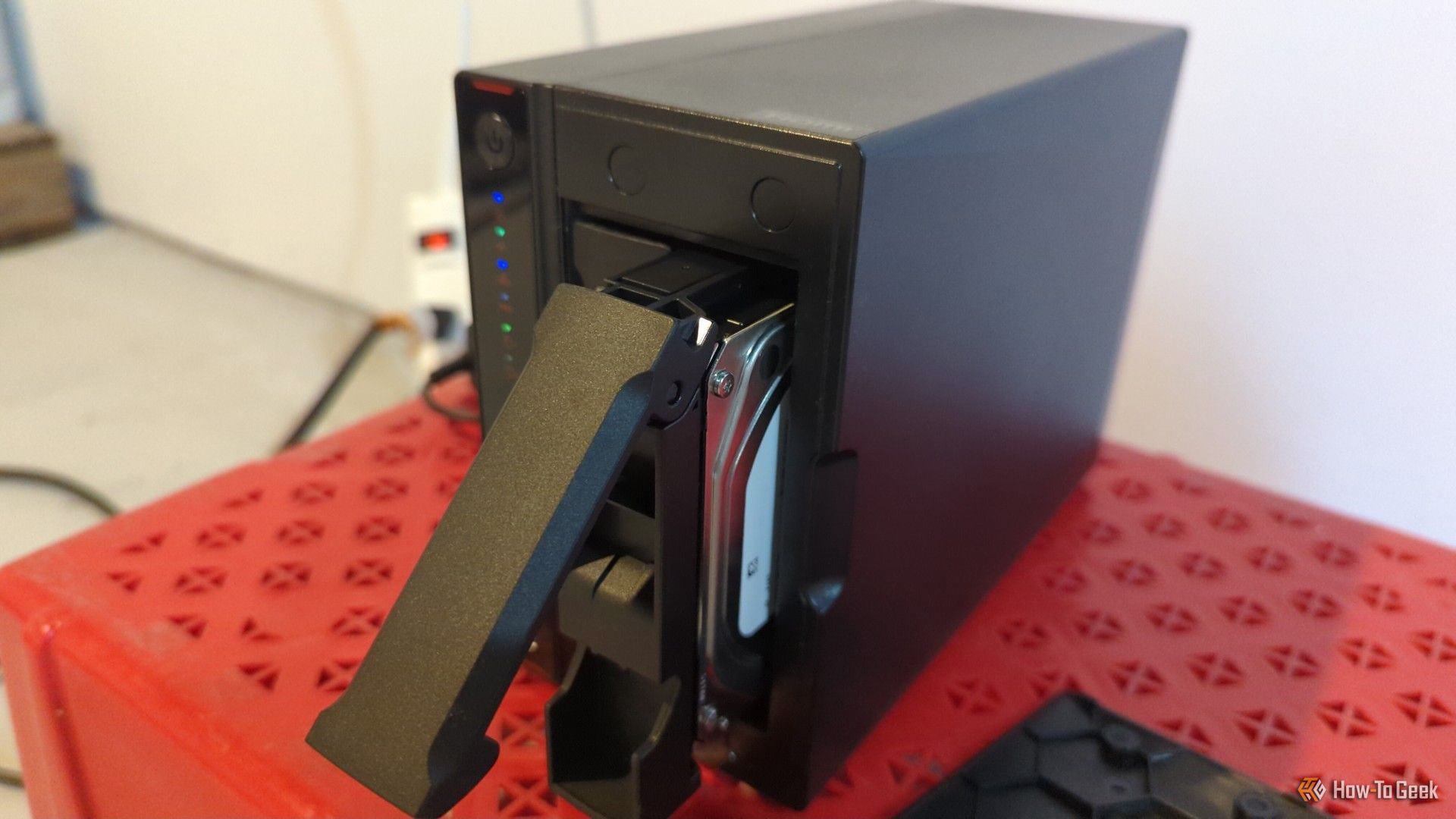When you're starting a homelab full of self-hosted services, it's hard to pick just one. I've tried several, but these three have been my mainstays for a few months or more, and I'll show you how I'm using them too.

For streaming my movie and TV series colleciton, I use Jellyfin. It's commonly known as a free Plex alternative. To be honest, I've never tried Plex. When I started my media collection, I went straight for Jellyfin knowing it wasn't quite as feature-rich but wanting to start with the free and open source solution instead of investing in the non-free alternative. Maybe it was the Linux fan in me.
A typical criticism of Jellyfin is that it takes more manual intervention and know-how to keep running compared to Plex, which has corporate support and is designed to be as plug-and-play as possible. That might be true, but the history of problems including Plex's automated sharing of watch history, as well as forced and unpopular redesigns, make me think I made the right decision. I have the know-how, so why pay for mostly the same product with worse leadership?
I Use It for Music, Too
Besides watching movies and TV with my Jellyfin, I also take advantage of its music streaming capabilities. If you upload your digital music collection, Jellyfin is able to automatically find album art plus artist info and photos through the MusicBrainz and AudioDB plugins. It automatically downloads time-synced lyrics too, if you install and configure the LrcLib plugin.
You can stream your music through the official Jellyfin app or a number of alternative music-only Jellyfin clients. For a while, I was listening primarily through Fintunes on my Android phone, but it was giving me trouble and I didn't like how navigation worked, so I started looking for a better alternative.
Recently, I switched to Finamp. At first, I was disappointed to see there was no support for lyrics. Investigating further, though, I learned the current beta version of the app, which involves a complete overhaul of the app's design, adds lyric support.
The Finamp beta looks and feels a lot better, especially with lyrics. I've already encountered some weird behavior, though, assumedly because it's still in beta. I'm hoping those issues get ironed out and we see a full release of the redesign soon.
Nextcloud: Cloud Storage That Stays Local
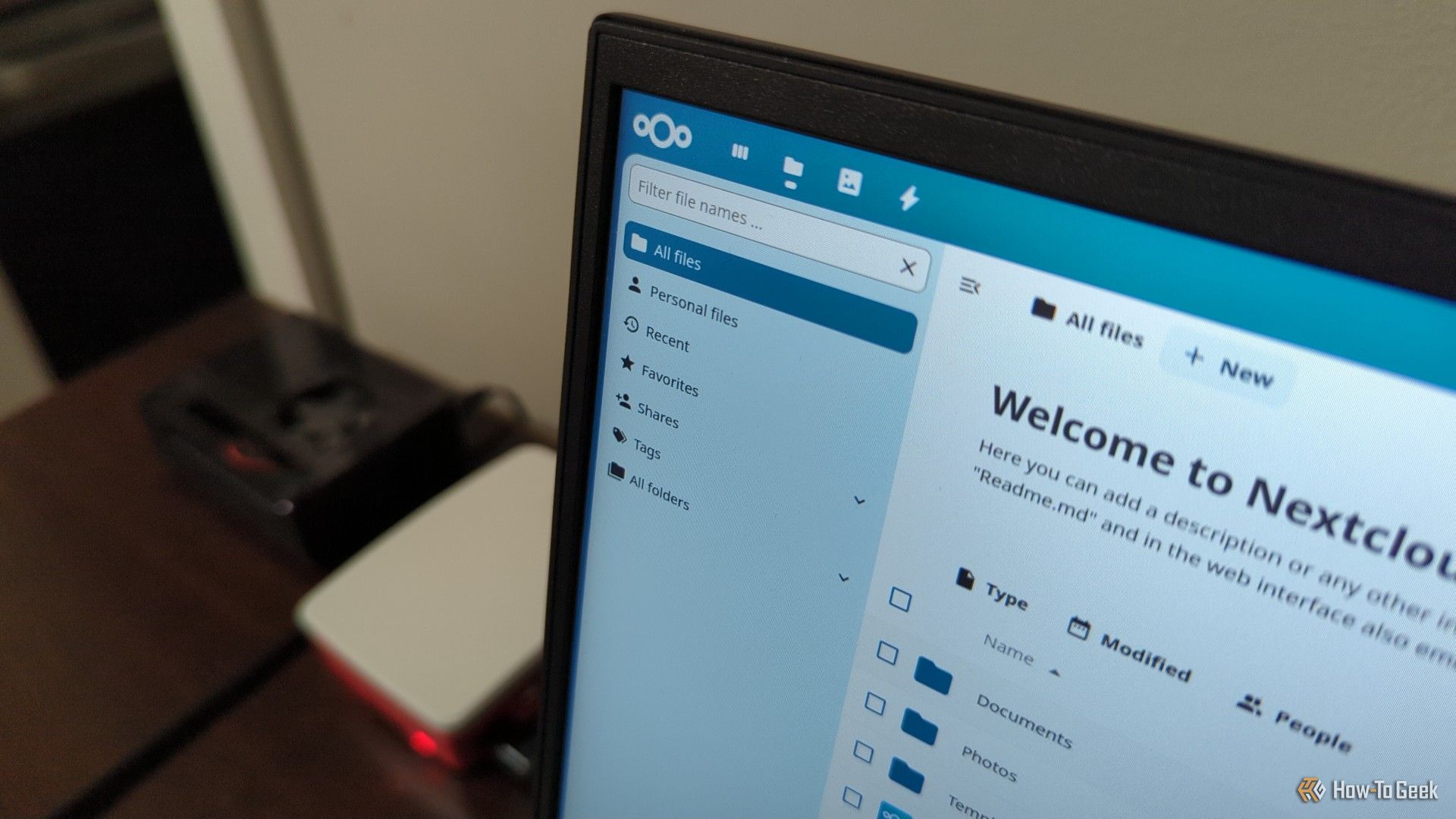
I lost most of my uses for my Google Drive several years ago when I installed Nextcloud on my Raspberry Pi. I can store important files in my Nextcloud server, and I keep most of them synced to my devices too. I use this to my advantage by combining Nextcloud with KeePassXC. It's an offline-only password manager, and I'm able to keep my password vault synced across devices by storing it my Nextcloud server.
That ability to keep my cloud files synced has the added benefit of acting as a series of backups. If my server gets wiped somehow, I can restore most of my important files so long as I had them synced to one my devices somewhere.
One cool thing I discovered (before getting Jellyfin for music) was that if you find and install the free "Music" app in your Nextcloud instance, it comes with built-in support for the Subsonic protocol. That's technical jargon meaning you can remotely stream from your Nextcloud server with music apps that have Subsonic support, like Strawberry Player. That way you can listen to all your music without needing to download it from the server first.
FreshRSS: Feed Aggregation Without Ads
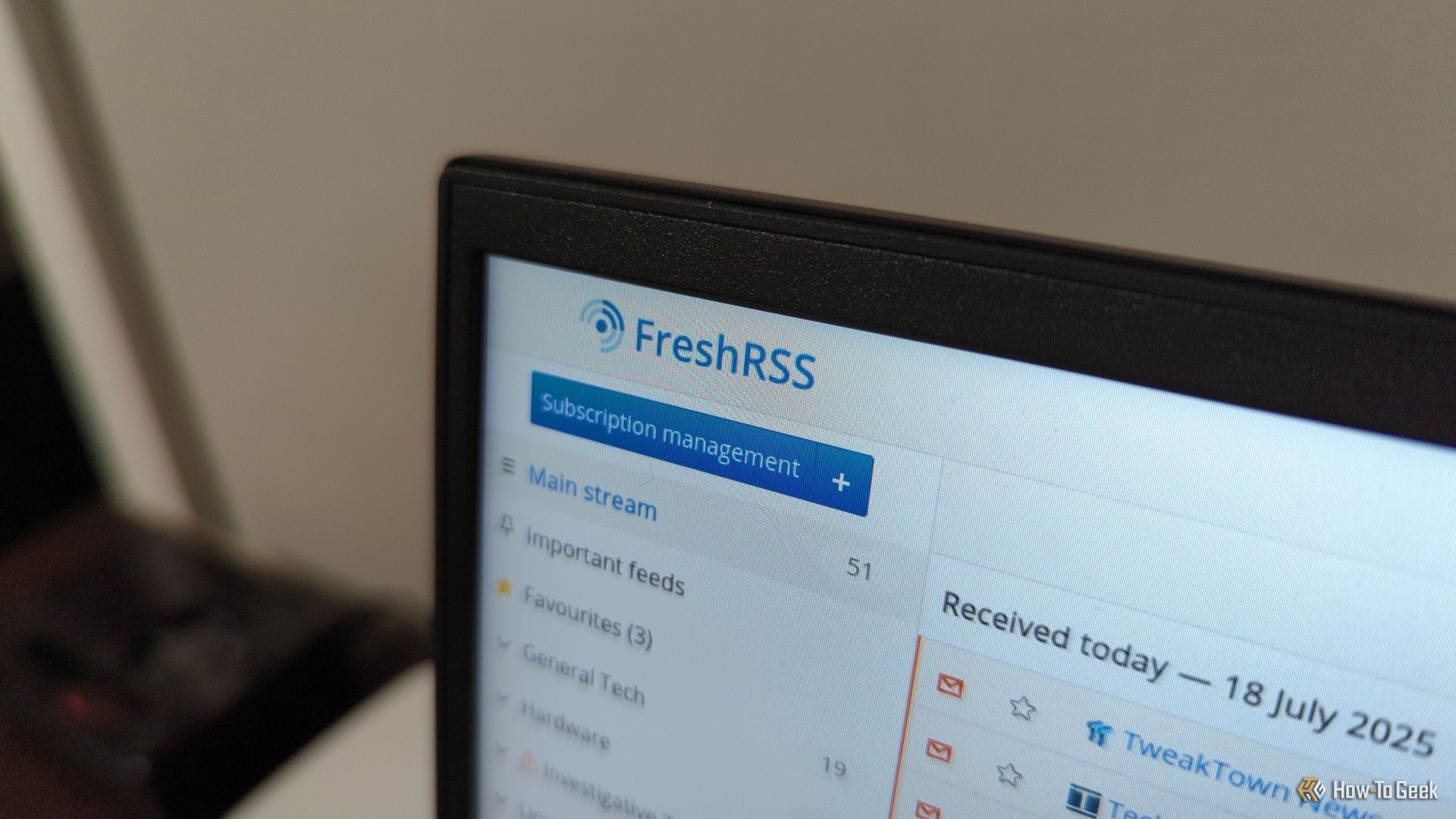
A while back, I got tired of using an RSS web app that came with ads and pushed me to buy a subscription, but I also wanted to keep the ability to sync my feed collection and reading history across devices. Enter FreshRSS, a feed manager you can host yourself. You can create multiple accounts for different people on your network or for yourself. Maybe you have work feeds and personal feeds, and you log in to separate accounts to keep them organized. You could have a separate account just for following socials like subreddits and Mastodon or Bluesky accounts.
It's lightweight, so you can repurpose an old under-powered laptop to host it. I recommend installing DietPi as the operating system since it includes FreshRSS as one of the services it can install and configure automatically, with minimal work from you.
Once it's installed, you can use the web app as your feed reader, or you can hook your account into an indepdent feed reader that accepts Google Reader or Fever protocols.
I'm using Readrops on Android and RSS Guard on my desktop and laptop. I enjoy Readrops, but I'm not as much a fan of RSS Guard. It's hard to put my finger on it, but something about the UI feels clunky and cluttered. It also looks awful with the current theming I have on my Gaurda Linux desktop. I'd like to try a different desktop reader, so let me know if you have suggestions—it just needs to have Linux support.
What I'm Going to Self-Host Next
While the items above are my long-term operations, I'm always looking for the next thing to host myself. I'm interested most in trying the Sunshine game streaming service. I'm hoping it'll let me stream graphics-heavy games from my gaming PC to the mini PC I use in my home theater. After that, I'm considering ArchiveBox, which is supposed to let you keep pieces of the internet you don't want to lose.
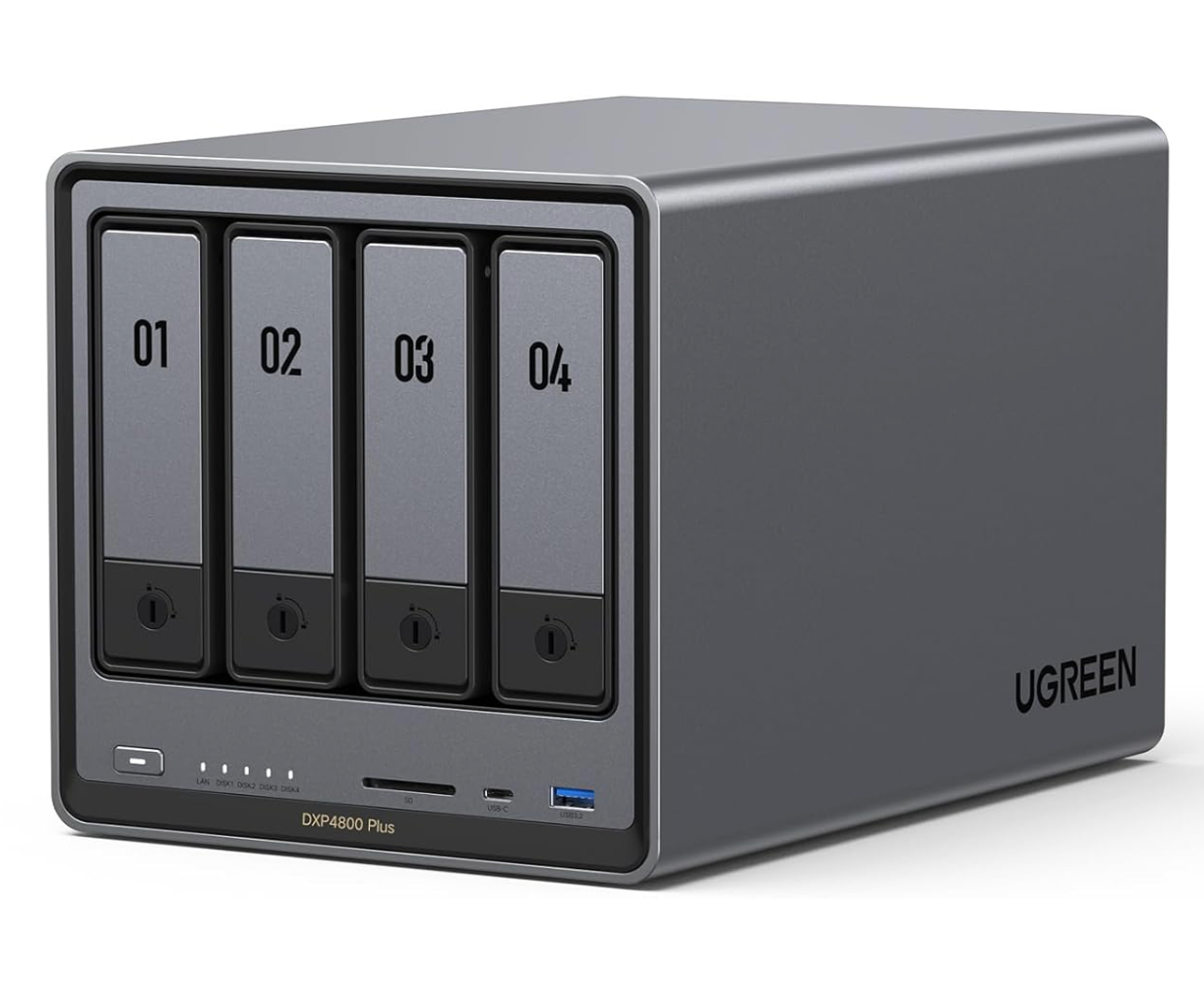
UGREEN NASync DXP4800 Plus
If you're looking to self-host, UGREEN's NASync DXP4800 Plus offers exceptional power for the price. It features four drive bays, a pair of M.2 NVMe slots, 10GbE and 2.5GbE Ethernet jacks, an SD card reader, and upgradable DDR5 RAM.


